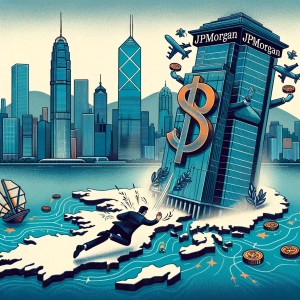In a world grappling with energy crises and geopolitical tensions, the G7’s introduction of a price cap on Russian oil has been a topic of intense debate.
Initiated in June 2022 and implemented last December, this policy emerged as a response to the EU’s plan to prohibit companies within the bloc from any involvement in shipping Russian oil.
The G7’s strategy allowed non-member nations like India and China to continue importing Russian oil, but only at prices below $60 per barrel, provided they used G7-registered shipping and insurance services.
This bold move aimed to leverage Europe’s maritime dominance to compel Moscow into accepting lower prices while keeping Russian oil in the global market.
Assessing the Price Cap’s Initial Impact
The policy initially appeared to hit the mark. Russian crude prices plummeted as Moscow was forced to redirect its exports to a smaller pool of buyers, primarily in India and China, who gained significant bargaining power.
Between December and June, Urals crude, Russia’s primary export blend, traded between $40 and $50 per barrel, significantly lower than global benchmarks. This price drop was a direct result of the G7 policy, which disrupted traditional trade routes and market dynamics.
However, as 2023 unfolded, the scenario began to shift. Data from the Kyiv School of Economics highlighted a rebound in the average export price Russia received for its crude, surpassing $80 per barrel by September and October.
This resurgence indicated a weakening in the effectiveness of the G7’s price cap. Benjamin Hilgenstock, an economist at the KSE, pointed out the diminishing impact of the energy sanctions and the escalating issue of price cap violations, casting doubt on the long-term efficacy of the G7’s strategy.
Challenges and Prospects for Tighter Enforcement
Despite the recent upswing in Russian crude prices, the US maintains that the price cap policy has been successful to a degree.
It argues that the policy not only kept Russian oil in the market but also temporarily reduced the price Russia could command for its oil, while simultaneously increasing Moscow’s logistical costs. However, for the policy to stay relevant, substantial changes are needed.
The KSE has suggested three key recommendations to enforce stricter compliance with the price cap: enhancing the policing of the attestation process, requiring vessels to have adequate insurance from reputable providers when passing through critical geographical points, and imposing secondary sanctions on non-G7 entities violating the price cap.
Furthermore, the US recognizes the need to tighten policy enforcement. Geoffrey Pyatt, US assistant secretary of state for energy resources, has expressed the importance of enhancing the enforcement mechanisms to ensure the policy’s success.
The US has already initiated targeted sanctions against companies in Turkey and the UAE for breaching the price cap, signaling a tougher stance on enforcement.
Despite these efforts, Russia has adeptly navigated the sanctions by developing a ‘shadow fleet’ of traders, vessels, and insurers, primarily based in the UAE and Hong Kong.
However, this fleet may not be sufficient to handle all of Russia’s oil exports, presenting an opportunity for the G7 to exert influence on the remaining exports still linked to G7-registered companies.
As the world approaches 2024, the G7 faces a complex challenge: how to effectively enforce the price cap without disrupting global oil prices, especially in the lead-up to crucial political events like President Joe Biden’s re-election campaign.
While tightening the price cap mechanism is possible, it may not fundamentally alter the nature of Russian crude flows. Some market changes brought about by the cap are likely to be enduring, presenting a complicated landscape for the G7 nations to navigate.





